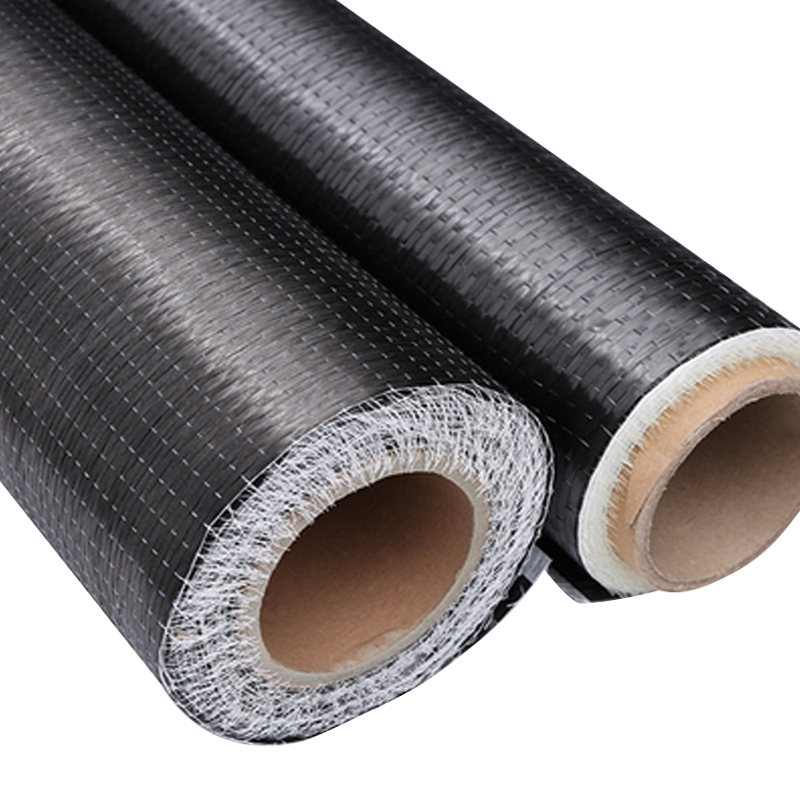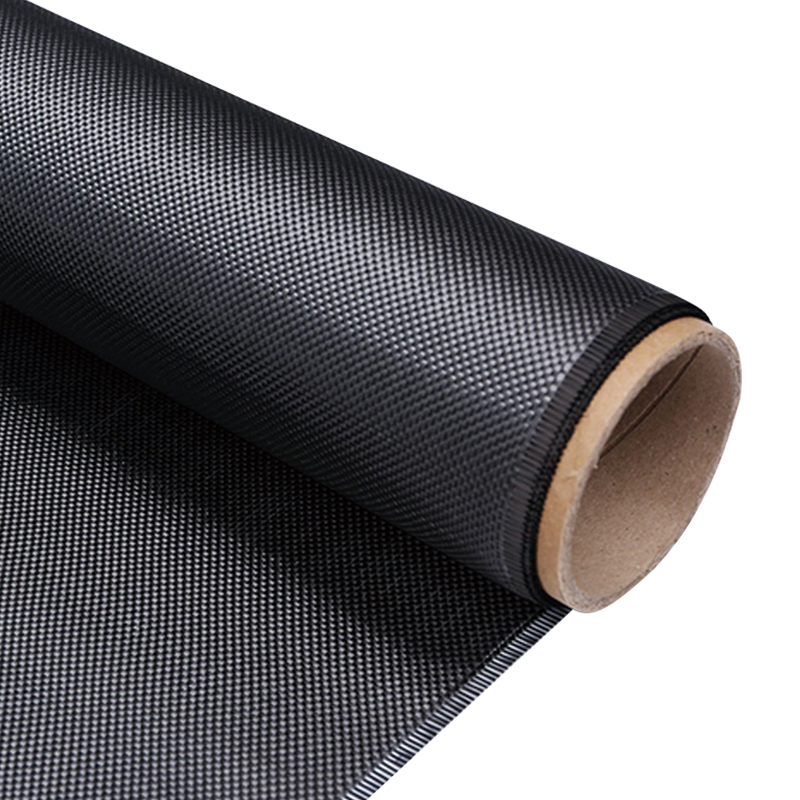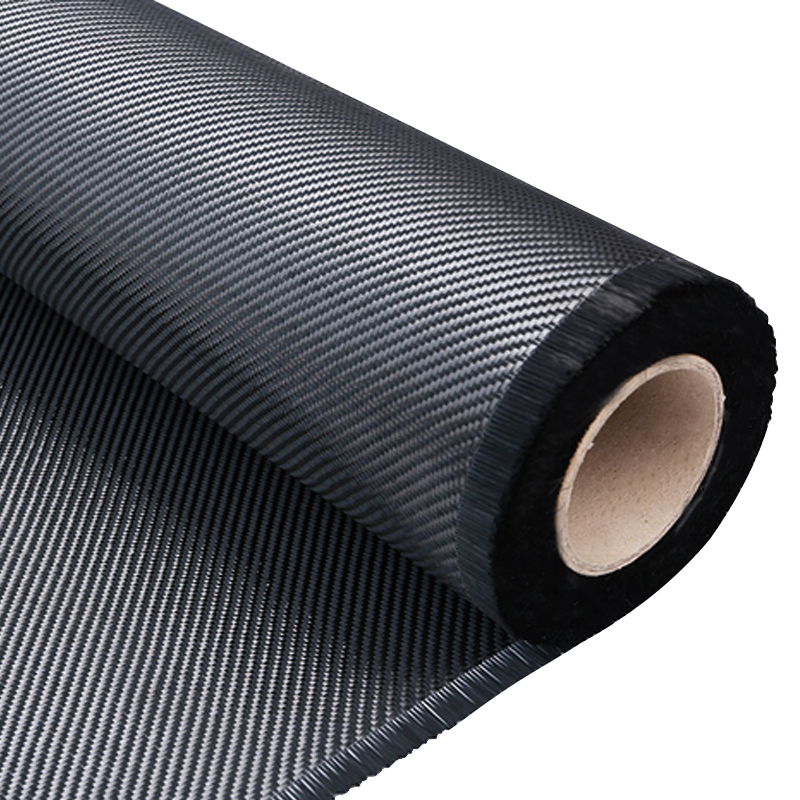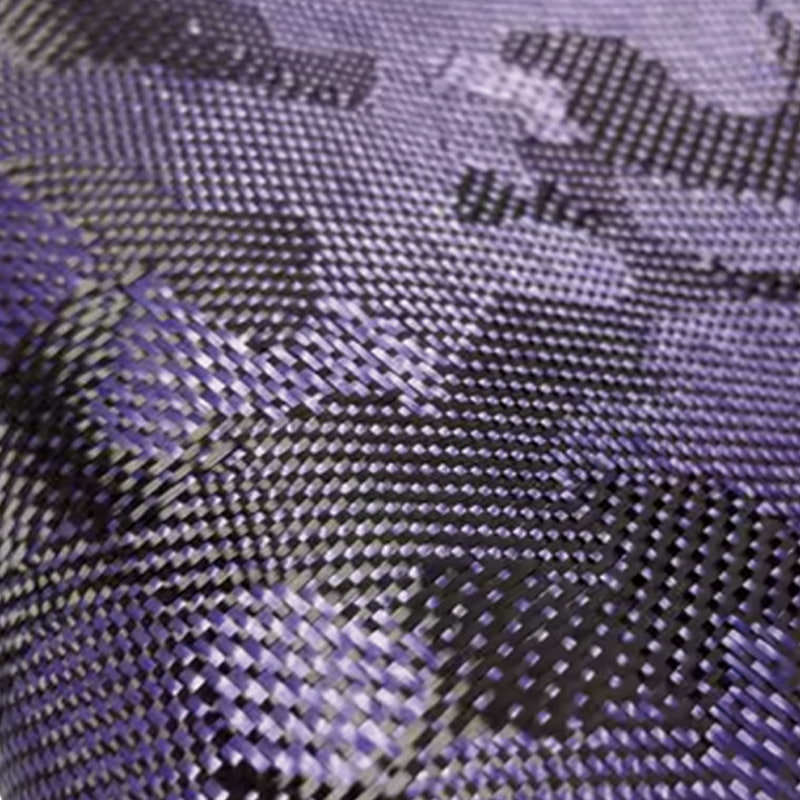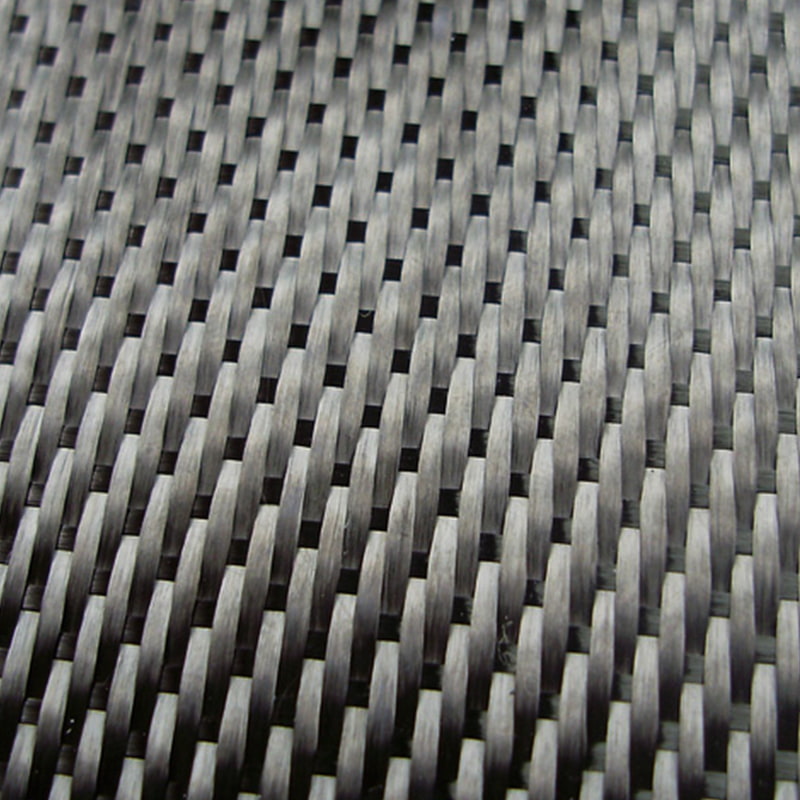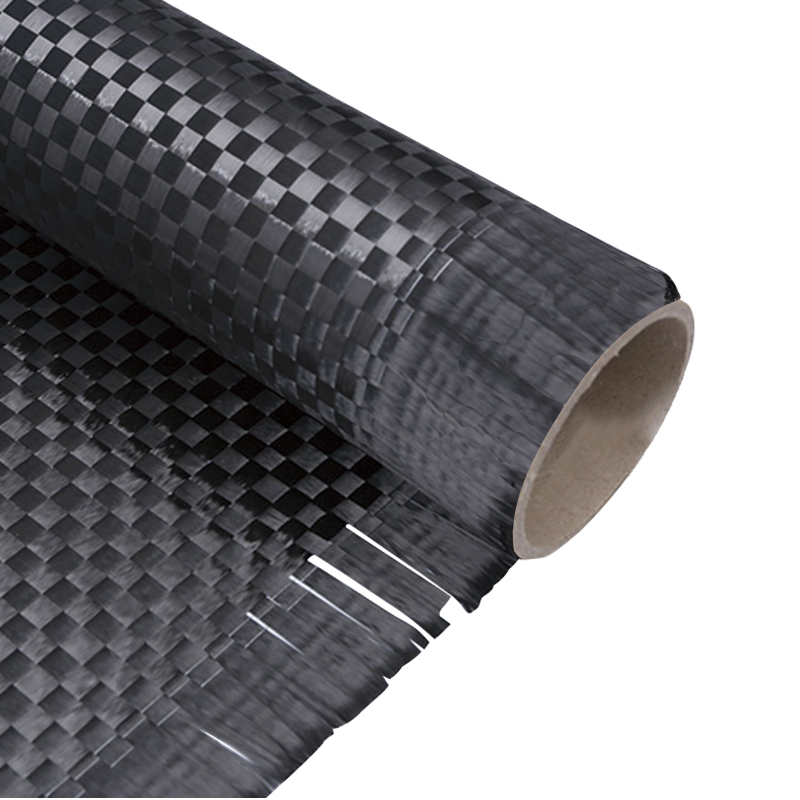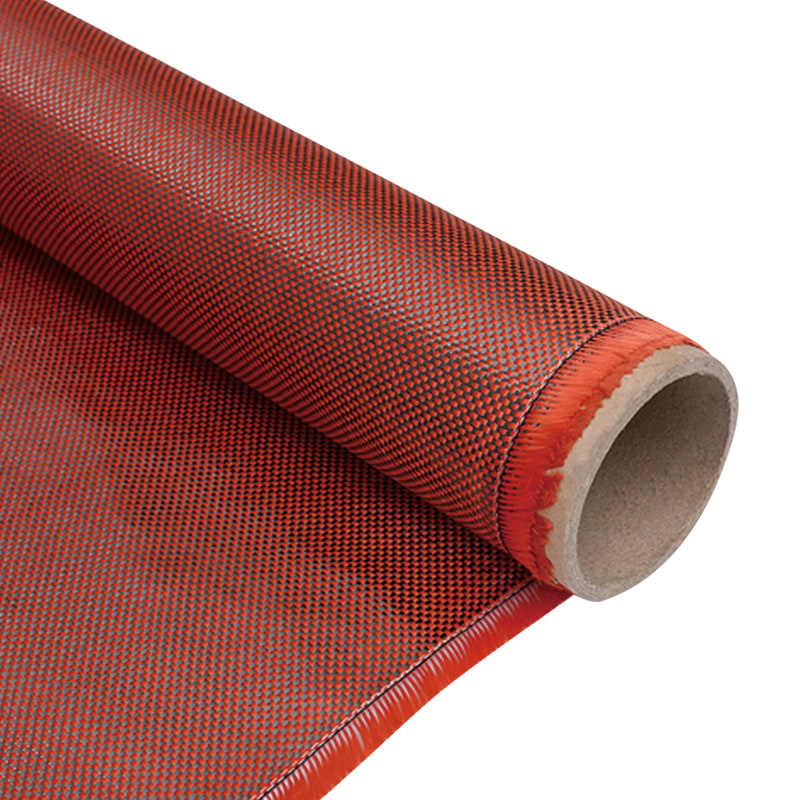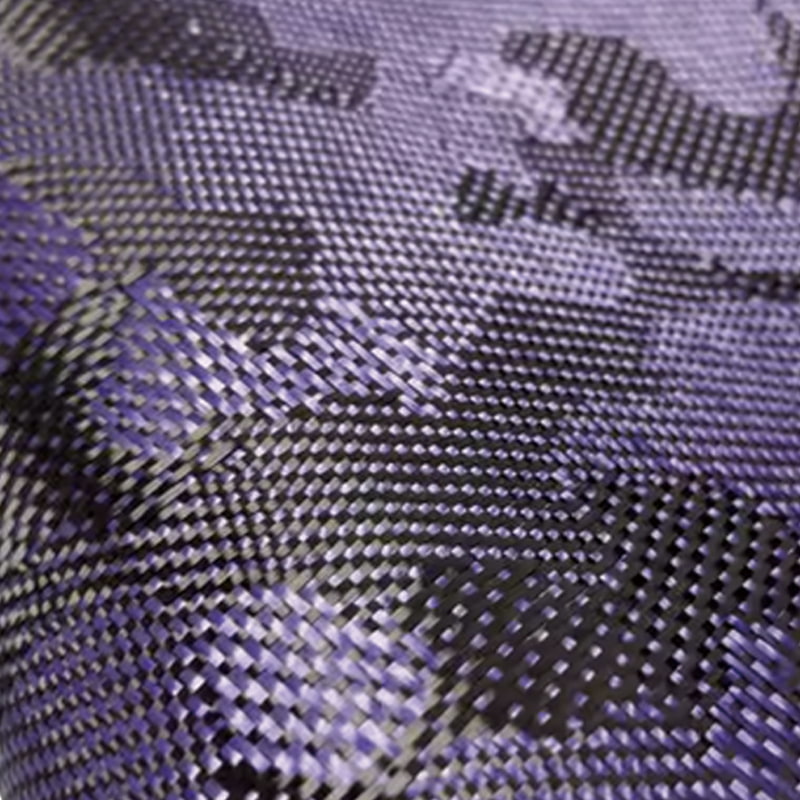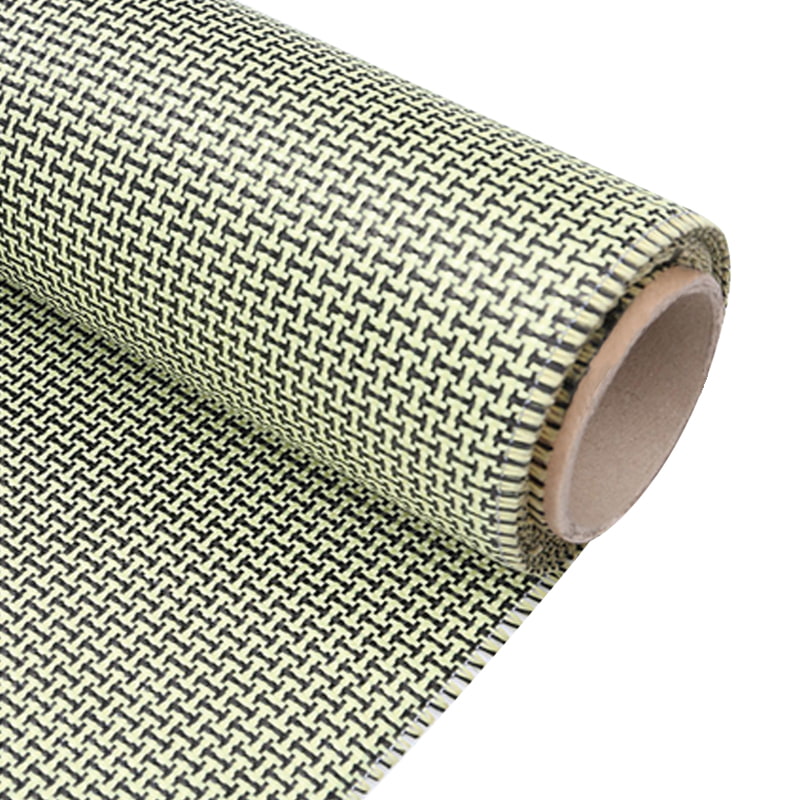- 1 What Is Aramid-Carbon Mixed Fabric?
- 2 aramid-carbon mixed fabric vs kevlar: A Detailed Comparison
- 3 best resin for aramid-carbon hybrid composites: Selection Criteria
- 4 aramid-carbon fabric weight savings analysis: Engineering Benefits
- 5 aramid-carbon weave patterns for impact resistance: Design Considerations
- 6 aramid-carbon hybrid fabric temperature limits: Thermal Stability
What Is Aramid-Carbon Mixed Fabric?
Aramid-carbon mixed fabric is a high-performance composite material combining aramid fibers (known for toughness) with carbon fibers (renowned for stiffness). This hybrid structure delivers exceptional strength-to-weight ratios, making it ideal for aerospace, automotive, and ballistic applications. Unlike pure carbon fiber, the aramid component adds impact resistance, while carbon fibers compensate for aramid's lower compressive strength.
3k 1000d/1500d Plain/Twill Aramid Carbon Mixed Carbon Fiber Woven Fabric
Key Components of the Hybrid Fabric
- Aramid fibers: Heat-resistant organic polymers with high tensile strength
- Carbon fibers: Lightweight crystalline carbon structures with superior stiffness
- Polymer matrix: Typically epoxy or thermoplastic resins binding the fibers
aramid-carbon mixed fabric vs kevlar: A Detailed Comparison
When evaluating aramid-carbon mixed fabric vs kevlar, several performance differences emerge. While Kevlar (a type of aramid) excels in cut resistance, the hybrid fabric offers better dimensional stability and compressive strength.
Mechanical Properties Comparison
| Property | Aramid-Carbon Mix | Pure Kevlar |
|---|---|---|
| Tensile Strength | 3,500-4,500 MPa | 3,000-3,600 MPa |
| Compressive Strength | 1,200-1,800 MPa | 500-700 MPa |
| Impact Resistance | Excellent | Outstanding |
| Weight | 1.45-1.55 g/cm³ | 1.44 g/cm³ |
Application-Specific Advantages
- The hybrid fabric maintains shape better under compression than pure aramid
- Carbon fibers reduce creep deformation compared to all-aramid solutions
- Kevlar remains superior for pure ballistic applications due to fiber elasticity
best resin for aramid-carbon hybrid composites: Selection Criteria
Choosing the best resin for aramid-carbon hybrid composites requires balancing adhesion, processing characteristics, and end-use performance. The resin system must accommodate differing fiber surface energies while resisting microcracking.
Resin Performance Matrix
| Resin Type | Processing Temp | Fiber Adhesion | Impact Performance |
|---|---|---|---|
| Epoxy | 120-180°C | Excellent | Good |
| Phenolic | 150-200°C | Good | Fair |
| Polyimide | 250-350°C | Excellent | Excellent |
Critical Selection Factors
- CTE (Coefficient of Thermal Expansion) matching between fibers and resin
- Moisture absorption characteristics for outdoor applications
- Cure shrinkage parameters affecting dimensional stability
aramid-carbon fabric weight savings analysis: Engineering Benefits
The aramid-carbon fabric weight savings analysis reveals why this material dominates weight-critical applications. Compared to aluminum alloys, the hybrid fabric provides equivalent stiffness at 60% weight reduction.
Weight Comparison Across Materials
| Material | Density (g/cm³) | Stiffness Equivalent Weight |
|---|---|---|
| Aramid-Carbon Mix | 1.5 | 1.0 (baseline) |
| Aluminum 6061 | 2.7 | 1.8 |
| Steel A36 | 7.85 | 5.2 |
Design Optimization Opportunities
- Reduced inertial loads in moving components
- Lower support structure requirements due to decreased mass
- Improved energy efficiency in transportation applications
aramid-carbon weave patterns for impact resistance: Design Considerations
Optimizing aramid-carbon weave patterns for impact resistance requires understanding how fiber orientation affects energy absorption. Hybrid fabrics often use modified twill or satin weaves to balance drapeability and impact performance.
Weave Pattern Performance Comparison
| Weave Type | Impact Energy Absorption | Drapeability | Fatigue Resistance |
|---|---|---|---|
| Plain Weave | Good | Fair | Excellent |
| 2x2 Twill | Very Good | Good | Good |
| 4HS Satin | Excellent | Excellent | Fair |
Layer Stacking Strategies
- Alternating 0°/90° and ±45° layers for multi-axis impact protection
- Gradual transition zones between dissimilar materials to prevent delamination
- Hybrid stitching techniques to maintain fiber alignment during deformation
aramid-carbon hybrid fabric temperature limits: Thermal Stability
Understanding aramid-carbon hybrid fabric temperature limits is crucial for high-temperature applications. While carbon fibers withstand extreme heat, the aramid component typically limits overall performance to 300-350°C continuous exposure.
Thermal Performance Characteristics
| Material | Continuous Use Temp | Peak Short-Term Temp | Thermal Conductivity |
|---|---|---|---|
| Aramid-Carbon | 300°C | 450°C | 5-10 W/mK |
| All-Carbon | 500°C+ | 1000°C | 50-150 W/mK |
| All-Aramid | 200°C | 400°C | 0.04 W/mK |
Thermal Management Techniques
- Protective ceramic coatings for extended high-temperature service
- Hybrid layups with graded thermal protection layers
- Active cooling integration in extreme environments
 English
English  中文简体
中文简体 عربى
عربى Tiếng Việt
Tiếng Việt
